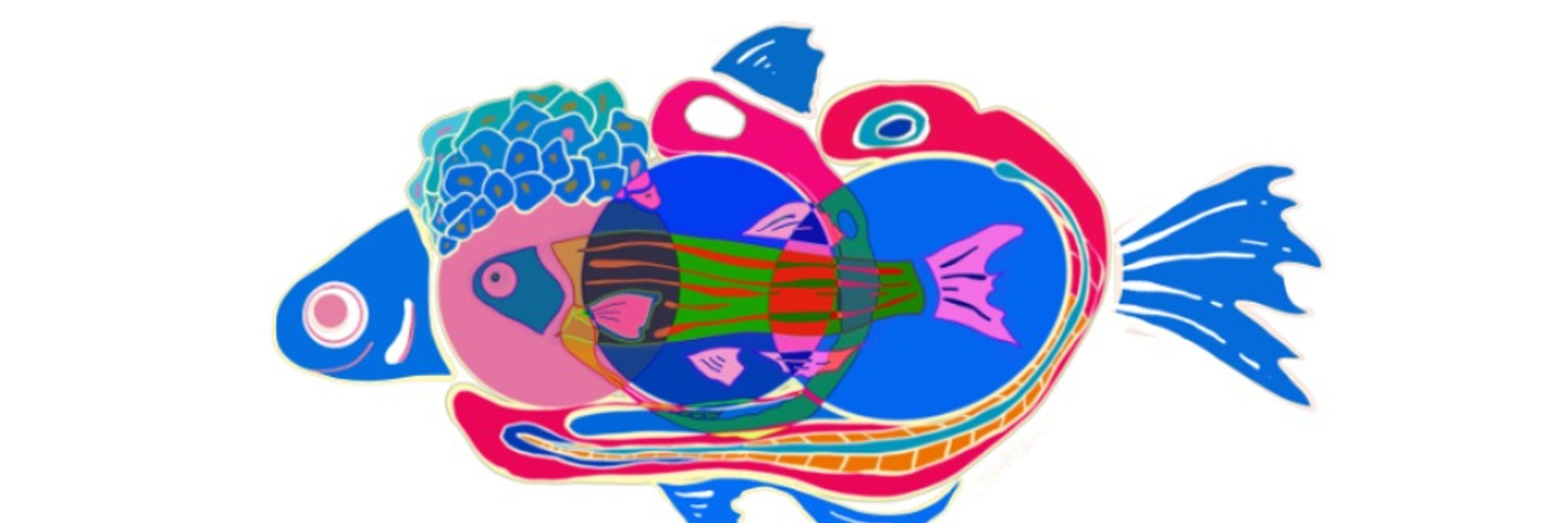
Regenerative Plasticity | Zebrafish | In vivo Fluorescent Imaging | Liver Regeneration | Starvation Response | Alcoholic Liver Disease

We confirmed this with a 17% partial hepatectomy model. ✂️🐟
(4/8)

We confirmed this with a 17% partial hepatectomy model. ✂️🐟
(4/8)
🟢 Spared hepatocytes
🔴 Ablated hepatocytes
🔵 De novo hepatocytes (not hepatocytes before injury)
This lets us precisely map where new hepatocytes come from after injury.
(3/8)

🟢 Spared hepatocytes
🔴 Ablated hepatocytes
🔵 De novo hepatocytes (not hepatocytes before injury)
This lets us precisely map where new hepatocytes come from after injury.
(3/8)
We fused CreER to a destabilizing domain (DD) that is degraded unless stabilized by TMP.
💊 TMP = protein stabilization
🟣 4-OHT = nuclear translocation
Only when both are present does recombination occur—ensuring tight temporal control.

We fused CreER to a destabilizing domain (DD) that is degraded unless stabilized by TMP.
💊 TMP = protein stabilization
🟣 4-OHT = nuclear translocation
Only when both are present does recombination occur—ensuring tight temporal control.
It uses stochastic recombination and NTR-based ablation to remove only a subset of hepatocytes.
🟢 Spared cells
🔵 New (De novo) hepatocytes
This allows direct comparison of lineage contributions during liver repair.

It uses stochastic recombination and NTR-based ablation to remove only a subset of hepatocytes.
🟢 Spared cells
🔵 New (De novo) hepatocytes
This allows direct comparison of lineage contributions during liver repair.
www.biorxiv.org/content/10.1...



www.biorxiv.org/content/10.1...
Project led by @selifeski.bsky.social

Project led by @selifeski.bsky.social





feaindia.org ) today! Inspiring to see their enthusiasm and growth. Excited to support their journey towards meaningful careers! #Mentorship #Education

feaindia.org ) today! Inspiring to see their enthusiasm and growth. Excited to support their journey towards meaningful careers! #Mentorship #Education


Hepatocytes are stochastically labeled green (spared) or red (ablated).
Upon injury, any blue-labeled hepatocytes that emerge are de novo—they weren’t hepatocytes before.
This gives us a clear picture of regeneration dynamics. 🎨🐟 (4/12)

Hepatocytes are stochastically labeled green (spared) or red (ablated).
Upon injury, any blue-labeled hepatocytes that emerge are de novo—they weren’t hepatocytes before.
This gives us a clear picture of regeneration dynamics. 🎨🐟 (4/12)









